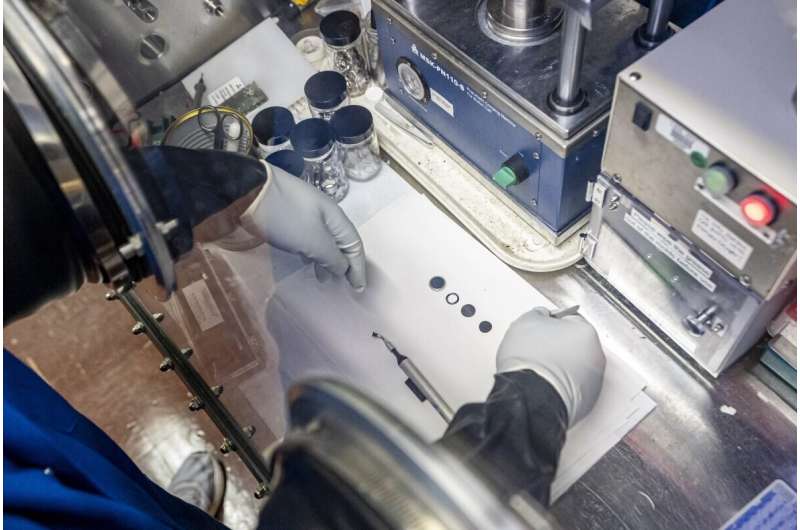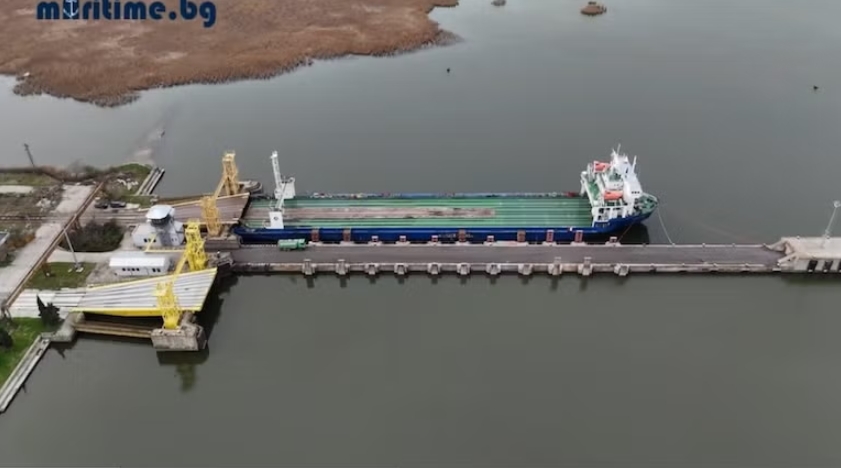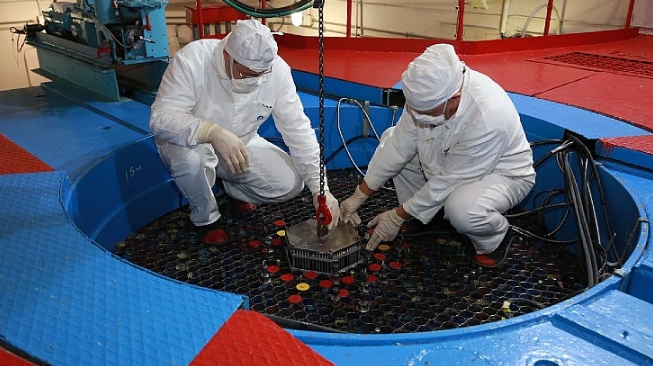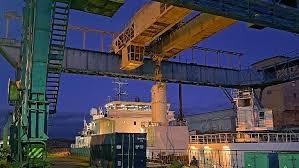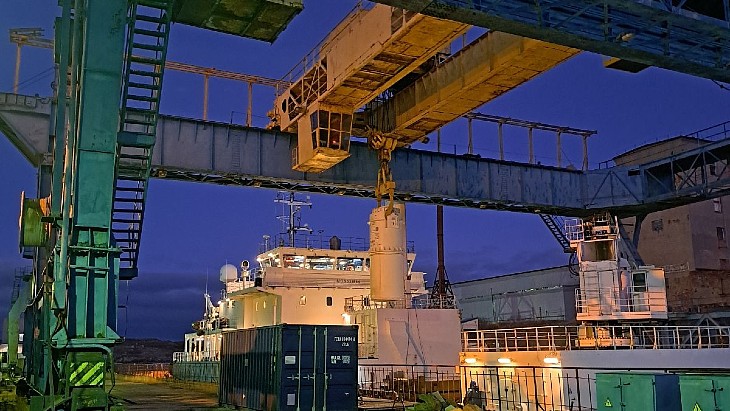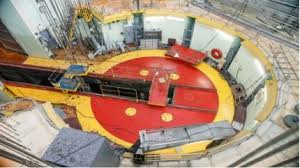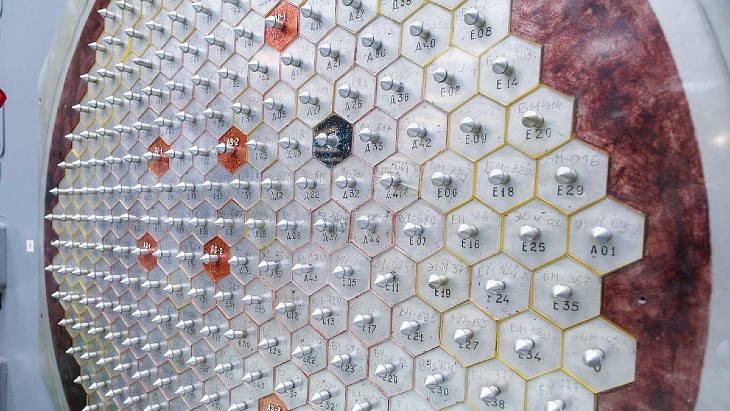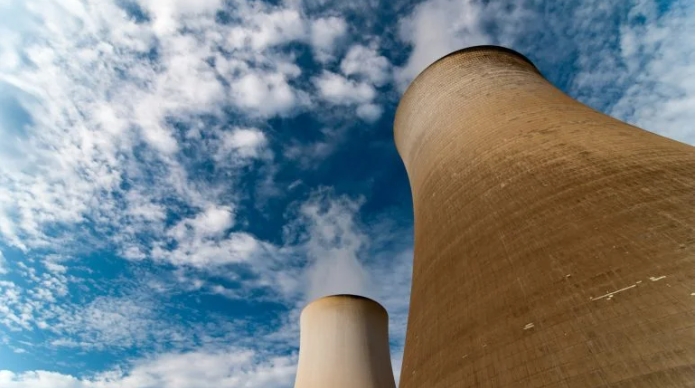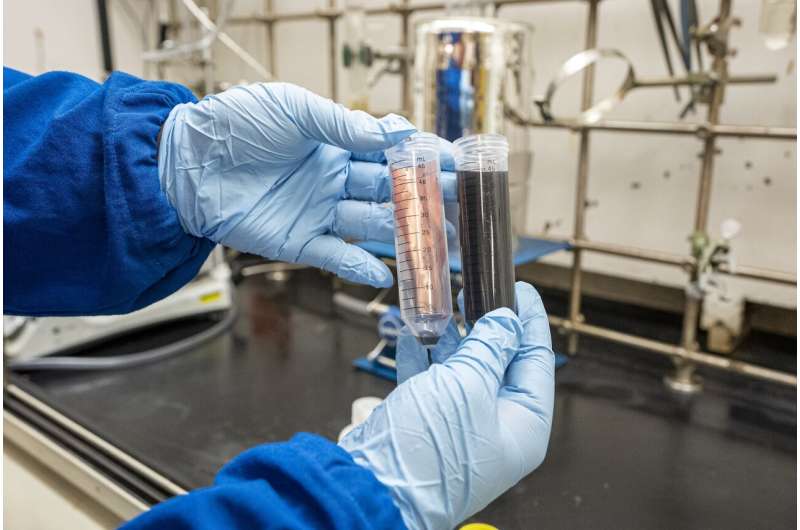
Chen Fang holds a vial (left) containing a current collector copper foil from a battery that has been completely freed of valuable electrode components after the Quick-Release Binder dissolved, and another vial (right) where the binder is actively dissolving in alkaline water. In comparison, conventional binders strongly bind electrode materials onto current collectors like a glue, which makes separation and thus recycling of battery electrode materials difficult. Credit: Marilyn Sargent/Berkeley Lab
Lithium-ion batteries have revolutionized electronics and enabled an accelerating shift toward clean energy. These batteries have become an integral part of 21st century life, but we're at risk of running out before 2050. The main elements used in each battery—lithium, nickel, and cobalt metals as well as graphite—are increasingly scarce and expensive, and there is little environmental or fair-labor oversight of some of the remaining international supply chains.
There is a pressing need to start reusing the materials we've already dug up and to make the battery production process safer and more equitable for all. A team of scientists from Lawrence Berkeley National Laboratory (Berkeley Lab) has invented an award-winning new battery material that can check both boxes. Their product, called the Quick-Release Binder, makes it simple and affordable to separate the valuable materials in Li-ion batteries from the other components and recover them for reuse in a new battery.
"We're getting to the point that recycling batteries will be a requirement," said project leader Gao Liu, a senior scientist in Berkeley Lab's Energy Technologies Area and a member of the Berkeley Lab Energy Storage Center. "If we don't stop burning them and throwing them in the trash, we will run out of resources in the next ten years. It's just impossible to keep up with the number of batteries the market is demanding otherwise. There's just not enough cobalt, not enough nickel—we have to recycle."
A battery made with Quick-Release Binder simply needs to be opened, placed in room temperature alkaline water, and gently shaken. The separated elements are easily filtered out of the water and air-dried.
It's a sharp contrast from current Li-ion recycling, which involves first shredding and grinding batteries, then burning them to separate the metals from the other constituents. Recycling companies aim to make their processes as efficient as possible, but due to the past and current design of most batteries, recovering the elements is still energy-intensive, expensive, and releases toxic chemicals that must be carefully managed.
Just add (alkaline) water
Liu and his team in the Berkeley Lab Energy Storage Center were working on lithium-sulfur batteries—one of the possible alternatives to traditional Li-ion that are being developed—when they created the Quick-Release Binder. Lithium-sulfur batteries are a hot concept in the battery research and development world because they can be made without rare cobalt and have a higher theoretical energy density than Li-ion; but there are a lot of functionality problems that must be solved before the batteries can be adopted commercially. The Quick-Release binder would make Li-S batteries easily recyclable and appears to solve one of the major performance issues. This finding is quite exciting on its own, but Chen Fang, a postdoctoral researcher in Liu's lab, realized that their new binder material had even bigger potential: it could also be used in today's Li-ion batteries.
Binders are glue-like substances used in most battery types, including Li-ion and the alkaline cells we use in household items. Batteries have two electrodes—the positively charged cathode and negatively charged anode—made of conductive chemicals that generate an electric current, and structural materials that hold the active ingredients in place for consistent and durable performance. Binders, as the name implies, bind these ingredients together and help maintain the architecture of the battery.
The new Quick-Release Binder is made from two commercially available polymers, polyacrylic acid (PAA) and polyethylenimine (PEI), that are joined together through a bond between positively charged nitrogen atoms in PEI and negatively charged oxygen atoms in PAA. When the solid binder material is placed in alkaline water containing sodium hydroxide (Na+OH–), the sodium ion pops into the bond site, breaking the two polymers apart. The separated polymers dissolve into the liquid, freeing any electrode components embedded within.
The binder can be used to make anodes and cathodes, and is about one-tenth the price of two of the most commonly used commercial binders. "[In our recent research] we demonstrated that the whole process is very easy at the lab scale and we see no reason why it won't work equally well at the industrial scale," Fang said. He added that the team believes the material can be used for batteries of all sizes, from the small ones in cell phones to the extra-large batteries being deployed to store back-up energy on the nation's electric grid.
In late September, the technology was recognized by the R&D 100 Awards as one of the top 100 revolutionary technologies developed globally in 2022.
